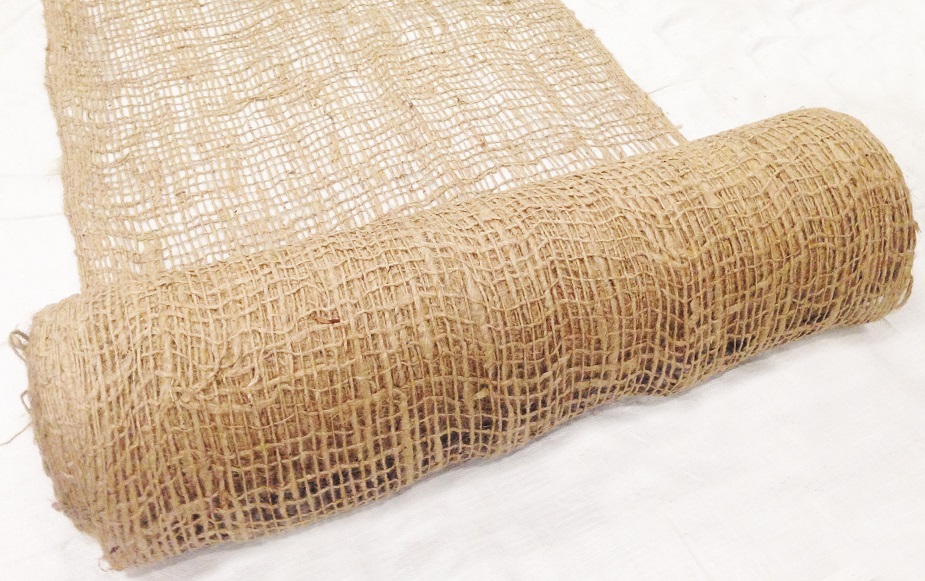- August 9, 2024
- Posted by: wellcoindustries
- Categories: Erosion Control, Jute Mesh
Introduction
Birds can be both a gardener’s best friend and worst enemy. While they help control pests, they can also cause significant damage to plants and crops. Traditional bird netting has long been the go-to solution for keeping birds away from gardens, but many of these options are made from synthetic materials that are harmful to the environment. Enter jute bird netting—a sustainable, eco-friendly alternative that offers effective protection without compromising on environmental values. In this article, we will explore the many benefits of using jute bird netting and why it might be the best choice for your garden.

What is Jute Bird Netting?
Jute bird netting is made from the fibers of the jute plant, which is known for its strength and durability. Unlike synthetic netting, jute is completely natural and biodegradable, making it a more sustainable option for those looking to protect their gardens while also caring for the environment. This natural fiber is also soft enough to prevent injury to birds, reducing the risk of harm while effectively keeping them away from your plants.
Benefits of Using Jute Bird Netting
- Eco-Friendliness and Biodegradability
Jute bird netting is a standout choice for environmentally-conscious gardeners. Since it is made from natural fibers, it decomposes over time without leaving harmful residues, unlike plastic netting which can take hundreds of years to break down. - Safe for Birds and Wildlife
The soft texture of jute ensures that it won’t harm birds or other small animals that might come into contact with it. This is a significant advantage over harsher synthetic materials that can cause injury or entrapment. - Versatility and Uses in Gardening
Jute bird netting is versatile and can be used to protect a wide variety of plants, from fruit trees to vegetable gardens. Its lightweight nature makes it easy to drape over plants without causing damage, while still providing robust protection against birds. - Durability and Strength
Despite being biodegradable, jute is surprisingly strong and durable. It can withstand various weather conditions, providing long-lasting protection for your garden.
How to Use Jute Bird Netting in Your Garden
Using jute bird netting is straightforward, but there are some best practices to ensure you get the most out of it. Begin by measuring the area you need to cover to ensure you purchase enough netting. When installing, make sure the netting is taut and secured properly to prevent birds from slipping underneath. Regularly check the netting for any signs of wear and tear, especially after heavy rain or wind, and replace or repair it as needed to maintain its effectiveness.
Alternatives to Jute Bird Netting
While jute bird netting is an excellent option, other natural alternatives include cotton netting or hemp netting. These options also offer eco-friendly benefits but may vary in durability and ease of use. When choosing the best netting for your garden, consider factors like the specific plants you need to protect, your local climate, and the potential impact on wildlife.
Conclusion
Jute bird netting offers a perfect balance between effective garden protection and environmental responsibility. Its biodegradability, safety for wildlife, and overall versatility make it a top choice for gardeners who are looking to make more sustainable choices. By opting for jute bird netting, you not only safeguard your plants but also contribute to a healthier planet. Consider making the switch today for a greener, more bird-friendly garden.
